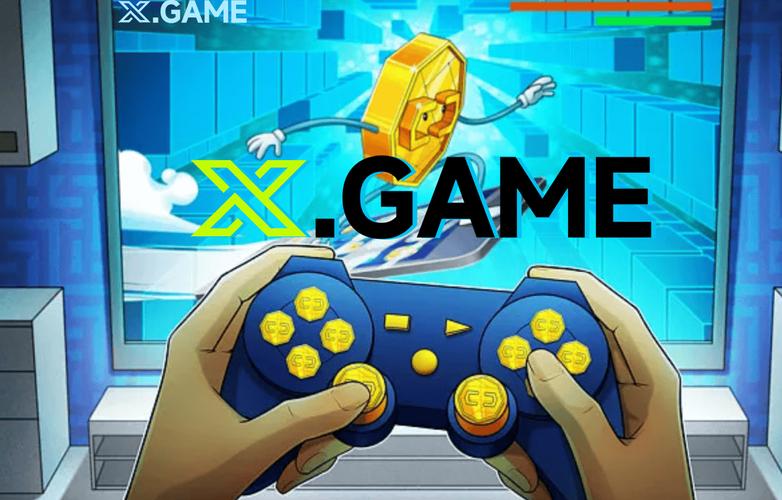
Understanding the Concept
When it comes to editing money in an HTML game, you’re essentially manipulating the financial aspect of the game. This can range from simple adjustments to complex financial systems, depending on the game’s design and your goals.
Why Edit Money in HTML Games?
There are several reasons why you might want to edit money in an HTML game. Perhaps you’re a game developer looking to test different economic models, or maybe you’re a player who wants to experience the game with a different financial setup. Regardless of the reason, editing money in HTML games can be a powerful tool.

Tools and Techniques
Editing money in HTML games typically involves modifying the game’s JavaScript code. Here are some common tools and techniques you might use:
| Tool/Technique | Description |
|---|---|
| Text Editor | Use a text editor to open and modify the game’s JavaScript files. |
| JavaScript Console | Use the browser’s JavaScript console to experiment with code in real-time. |
| Debugging Tools | Utilize debugging tools to track down and fix issues in your code. |
Modifying Money Variables
One of the most straightforward ways to edit money in an HTML game is by modifying the game’s money variables. These variables are typically stored in the game’s JavaScript code and can be easily changed to reflect different financial scenarios.
For example, let’s say you have a variable called `playerMoney` that stores the player’s current amount of money. To increase the player’s money, you could add the following line of code:
playerMoney += 100;This code would add 100 units of currency to the player’s balance. Conversely, to decrease the player’s money, you could use the following line of code:
playerMoney -= 50;This would subtract 50 units of currency from the player’s balance.
Adjusting Economic Systems
For more complex economic systems, you might need to adjust various factors that influence the game’s economy. This could include changing the cost of items, adjusting the rate of inflation, or modifying the player’s income.
Here’s an example of how you might adjust the cost of an item in the game:
itemCost = itemCost 1.5;This code would increase the cost of the item by 50%. To decrease the cost, you could use the following line of code:
itemCost = itemCost / 1.5;This would reduce the cost of the item by 50%.
Testing and Validation
After making changes to the game’s money system, it’s important to test and validate your changes. This ensures that the game still functions correctly and that the economic system behaves as expected.
Here are some tips for testing and validating your changes:
- Play the game through multiple scenarios to ensure that the money system behaves as intended.
- Check for any errors or bugs that may have been introduced during the editing process.
- Consult with other developers or players to gather feedback on the changes.
Conclusion
Editing money in HTML games can be a fun and rewarding way to experiment with different economic models and scenarios. By using the right tools and techniques, you can easily modify the game’s financial system to suit your needs. Whether you’re a game developer or a player, understanding how to edit money in HTML games can give you a greater appreciation for the intricacies of game design.






